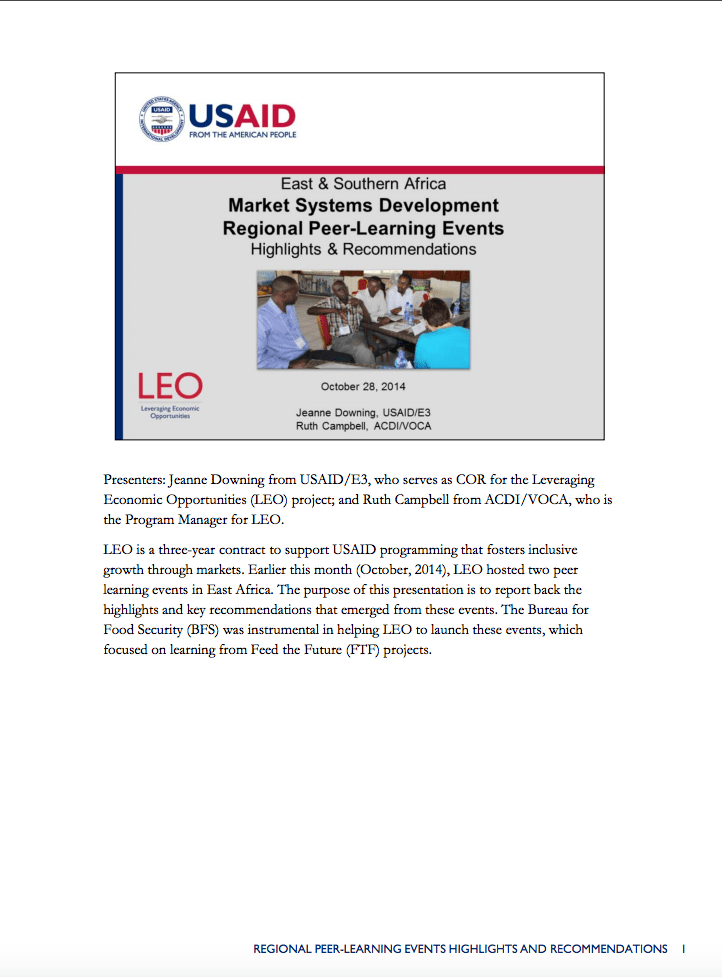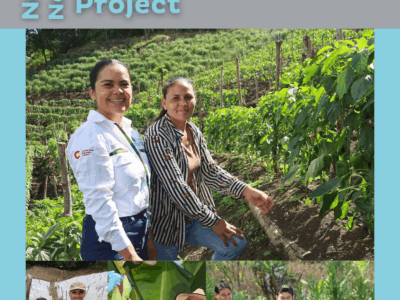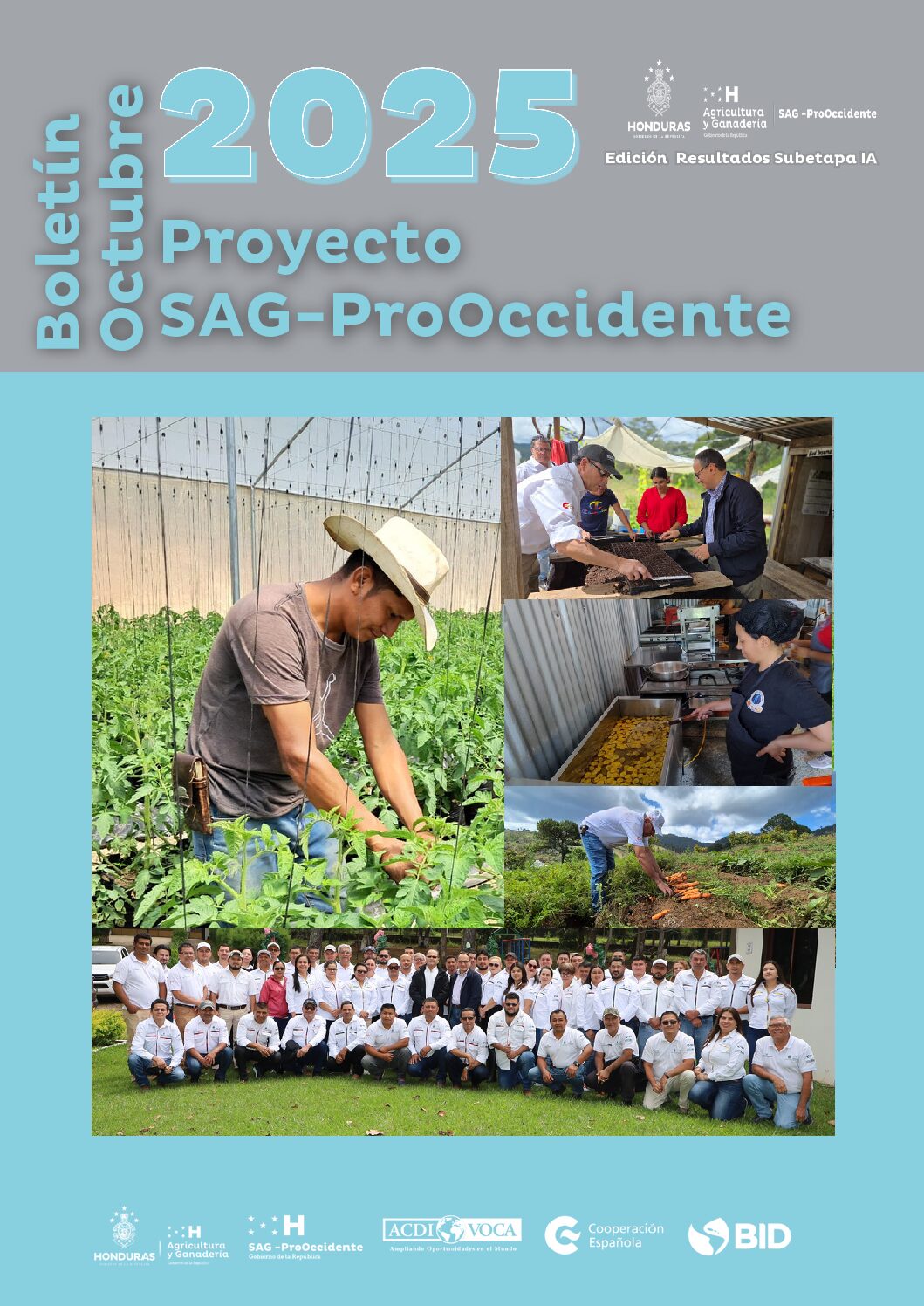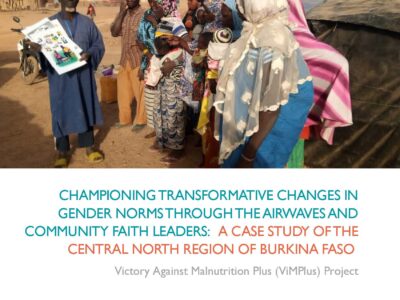
By viewing ACDI/VOCA’s website, you agree to our Privacy Policy, Cookie Policy, and Terms, which we encourage you to review. Thank you!
Related

November 2025 Newsletter: SAG-ProOccidente Project in Honduras
Read the November 2025 newsletter in Spanish and in English. Learn more about the project here.

October 2025 Newsletter: SAG-ProOccidente Project in Honduras
Read the October 2025 newsletter in Spanish and in English. Learn more about the project here.

Championing Transformative Changes in Gender Norms Through The Airwaves and Community Faith Leaders
A Case Study Of The Central North Region Of Burkina Faso Access the case study “Championing Transformative Changes in Gender …
CLOSE





